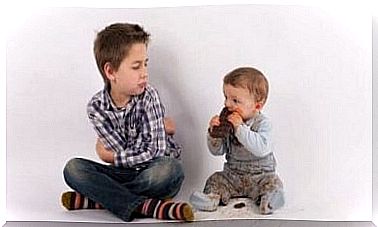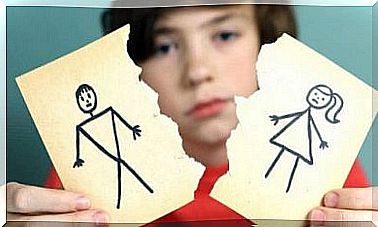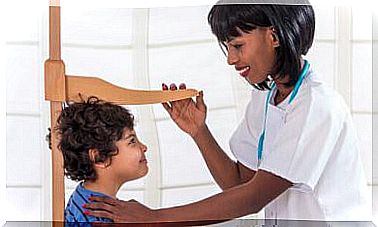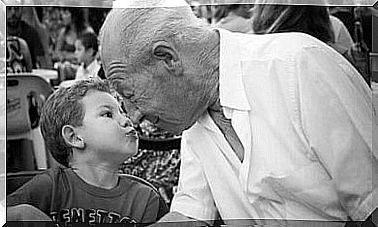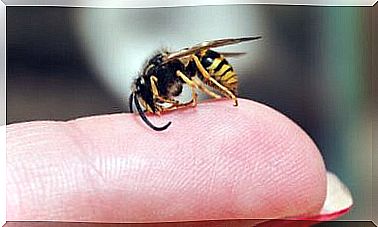3 Easy Music Games For Young Children – Parenthood
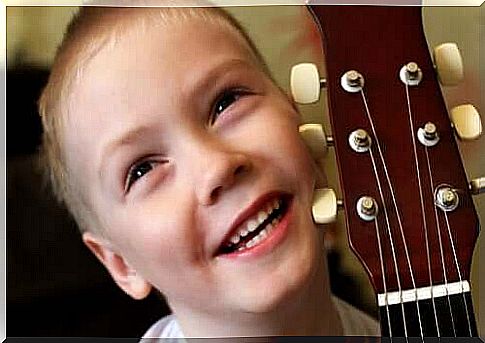
In general, children love music because they have a lot of fun thanks to it and know how to enjoy it like no one else. Therefore, if you have kids at home, check out these 3 easy music games. You will spend a magical moment together and your children will discover wonderful activities to enjoy with the family.
Musical games for young children
These easy music games for young children hardly require any preparation, nor do they cause too much fuss around the house. These are not complicated games with a lot of rules. Rather, they are small activities with significant educational benefits. They are excellent for the youngest and the oldest in the family.

1. Statues and musical chairs, the first of musical games for young children
Statues and musical chairs are a great game for developing hearing discrimination. Children should listen carefully to the difference between music and silence and move their bodies accordingly.
Regarding musical statues, you can play alone with your child. But, for musical chairs, it is better to have at least 3 or 4 family members or friends.
In addition, the musical statues is an ideal game to develop mastery of the body and strengthen it when it “freezes” when the music is stopped. On the other hand, musical chairs teach children to move through objects and be aware of their position in space while running to find a chair to sit on, without hitting others.
How to play musical statues?
- Play music, or put on a CD that appeals to the child.
- During the music, everyone is dancing.
- Stop the music every now and then, at this point everyone should stop the dance and stay in the exact position that corresponds to the music stopping.
- Then, whoever moves loses.
How to play musical chairs?
- Place chairs in the room in the shape of a circle (one for each player).
- Then put on some music.
- While the music is playing, everyone is dancing and spinning around the chairs.
- Then remove a chair.
- Then stop the music, and everyone has to run to sit on a chair.
- Whoever remains standing loses.
- Turn on the music again and repeat the sequence until there are 2 people and a chair left. Whoever sits first when the music stops is the winner.
2. “Pass the package”, another of children’s musical games
Here is a classic that was traditionally played on birthdays. The children then work on gross motor skills and attention. It can be played with two people (passing from one side to the other), but if it is played with 3 or more, the children will have to pass the package around from right to left, and vice versa .
How to play ?
- Wrap an item (or small gifts if it’s a birthday party) in several layers of wrapping paper or newspaper. The layers should be easy to remove.
- Then put on some music.
- The package should then rotate clockwise as it passes from person to person.
- When the music stops, the person with the package can remove a layer of paper.
- Then, with the music resuming, the packet continues to circulate until the next music stop. Another layer of paper is removed, etc.
- Whoever removes the last layer of paper wins.
- Change direction with each new round.
- Passing the package from one person to another must always be done with both hands.
- If it’s a birthday, make sure the birthday party receives the package last, as it may be a gift.
3. How many instruments do you hear?
In this game, the objective is to listen and identify the different instruments. Your child will need a preliminary presentation of the instruments then to know the fundamentals. For this, it is important to have real instruments, which can also be manufactured.
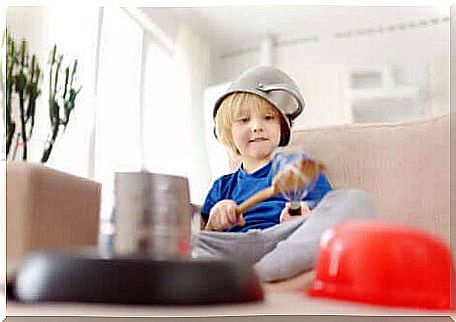
How to play ?
- Put on a song, any song with instruments will do.
- Then you and your child should each have a sheet of paper to draw the instruments you are listening to.
- At the end of the song, compare the drawings and the instruments you have heard.
- Finally, assemble your designs with the different sounds.
For this activity, you will need a variety of basic instruments (and even improvised or homemade instruments). The goal is to listen to the music and try to find the right instruments that match the sound.
Some examples :
- Play the triangle (or two place settings together) to make sounds louder or softer.
- Make sounds with a drum or cardboard box for a slow, deep sound.
- Sound cymbals (or pot lids) for a loud sound.
- Play bells or a tambourine for fast, fun music.
There are no specific rules in the game. First, demonstrate a song by suggesting elements that might correspond to the sound, then ask the child for advice. Then play other songs and let the child freely accompany the music with their own options.
As you can see, these are simple games that will delight children. You will have a wonderful time together while enjoying music and its incredible benefits. Finally, you don’t need a lot of material. And if you love music at home, these music games will be great fun for the whole family!

